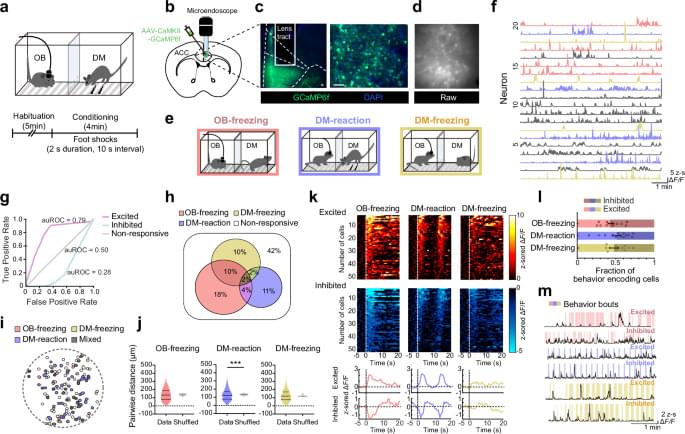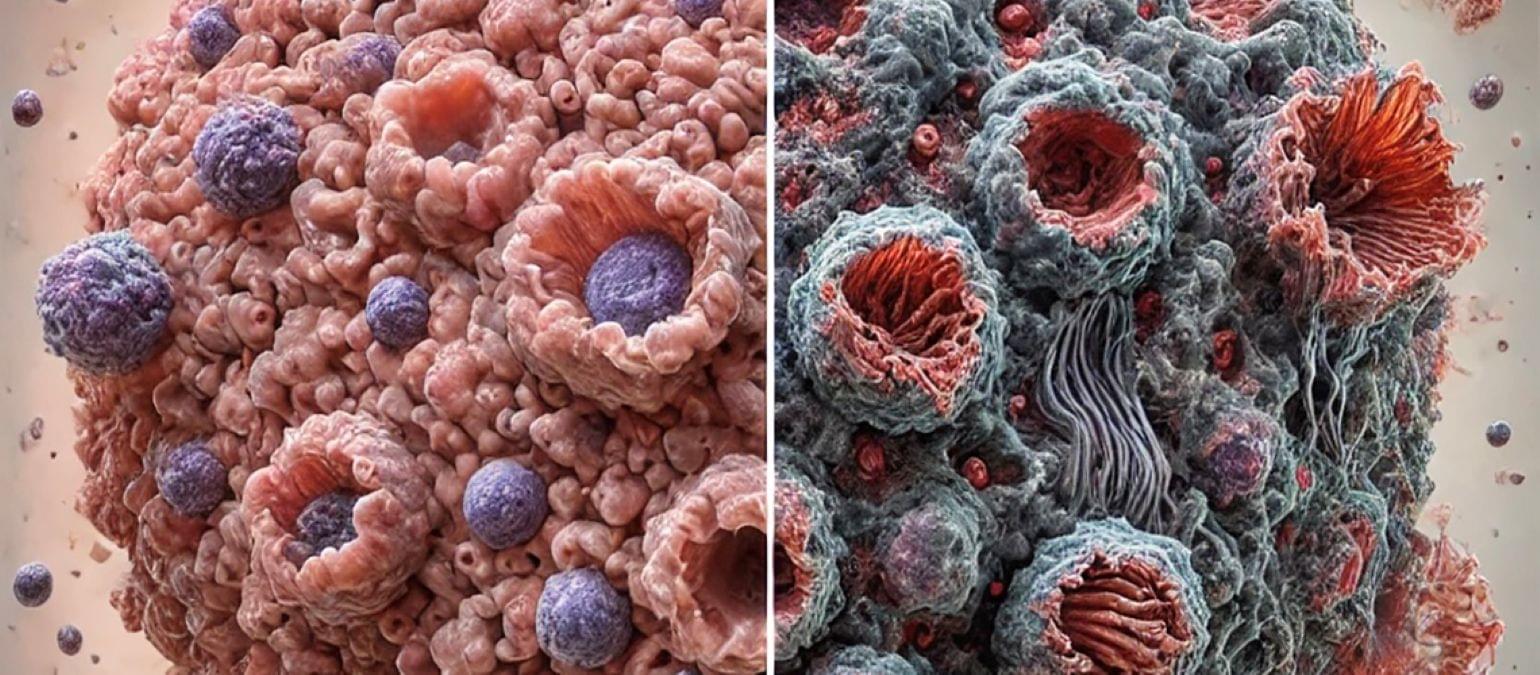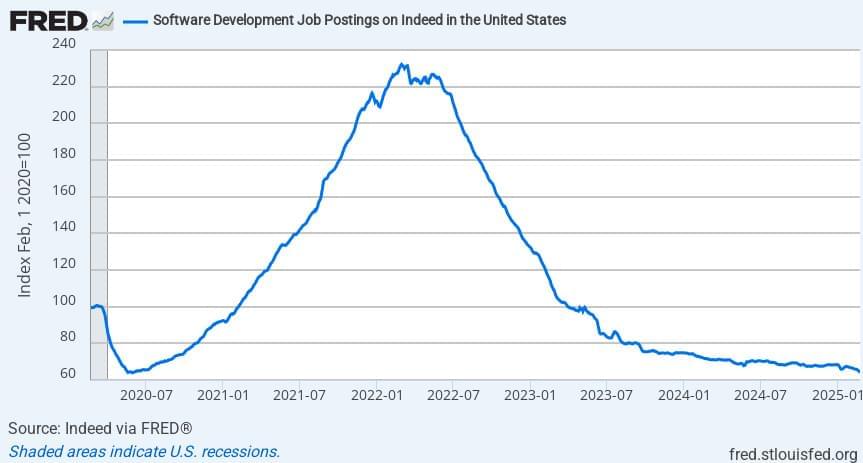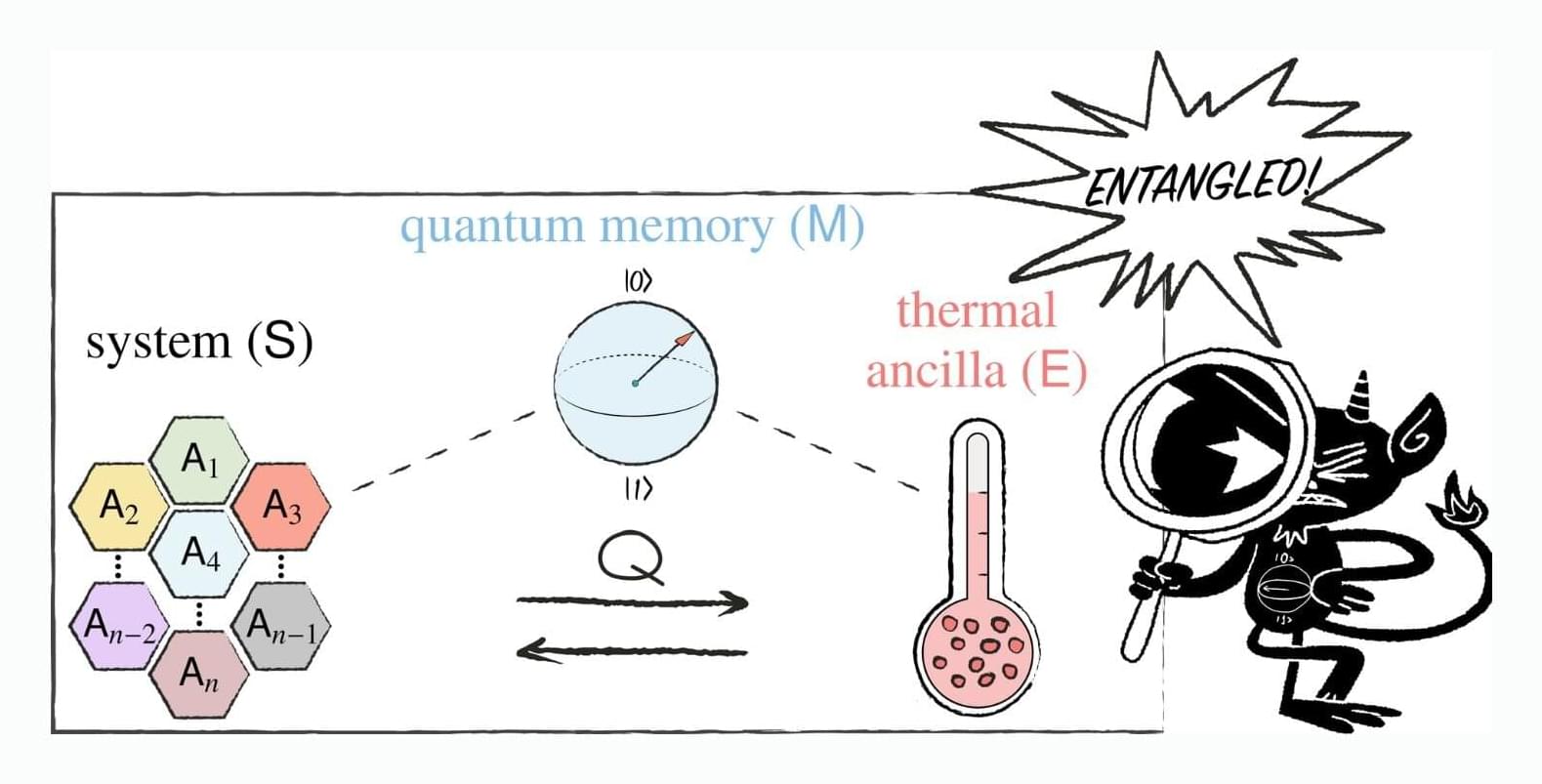Frequency: Daily, 7-Day.
Indeed calculates the index change in seasonally-adjusted job postings since February 1, 2020, the pre-pandemic baseline. Indeed seasonally adjusts each series based on historical patterns in 2017, 2018, and 2019. Each series, including the national trend, occupational sectors, and sub-national geographies, is seasonally adjusted separately. Indeed switched to this new methodology in December 2022 and now reports all historical data using this new methodology. Historical numbers have been revised and may differ significantly from originally reported values. The new methodology applies a detrended seasonal adjustment factor to the index change in job postings. For more information, see Frequently Asked Questions regarding Indeed Data.
Copyrighted: Pre-approval required. Contact Indeed to request permission to use the data at their contact information provided here.







